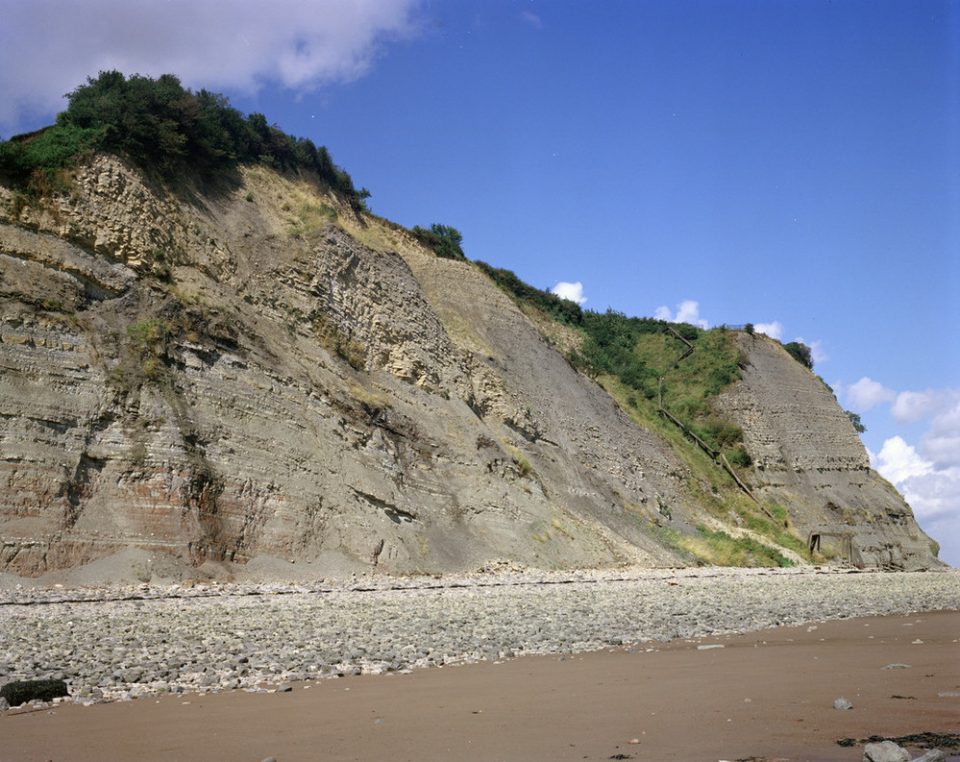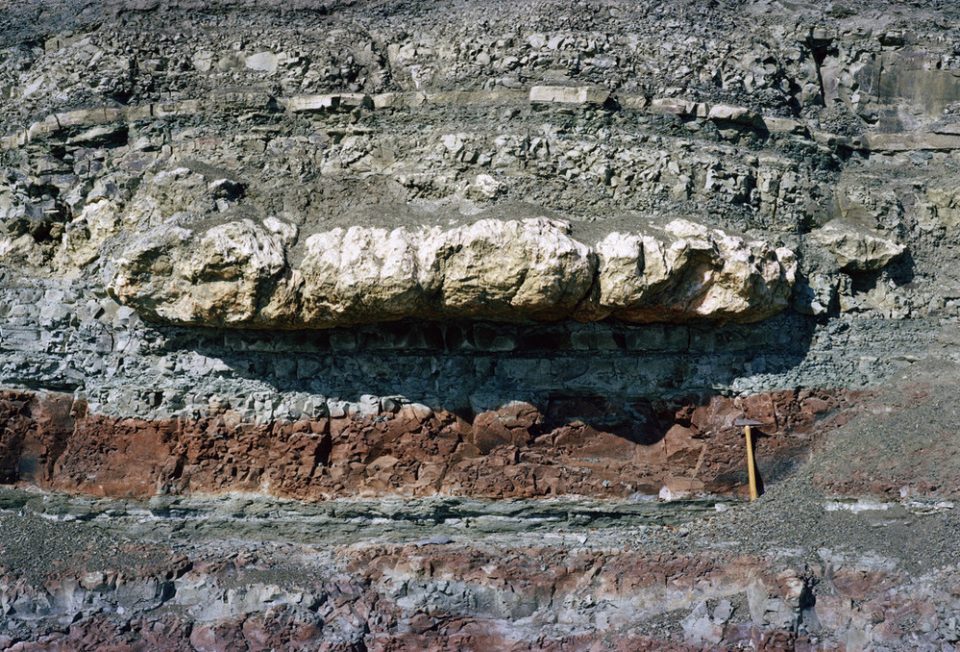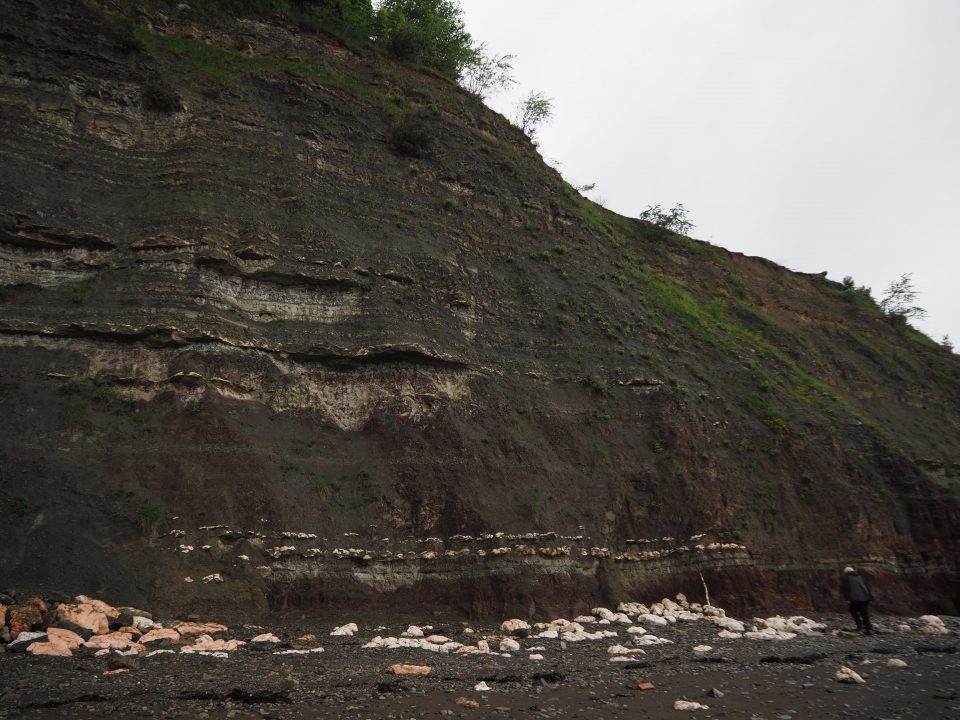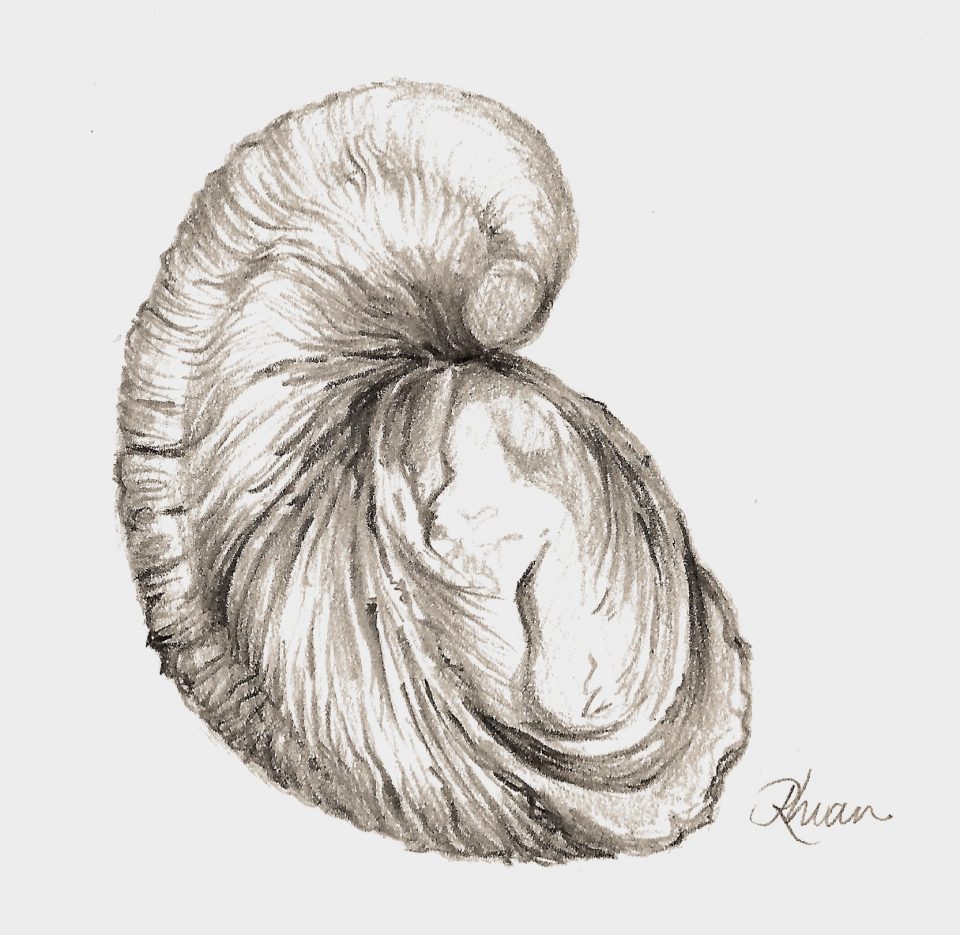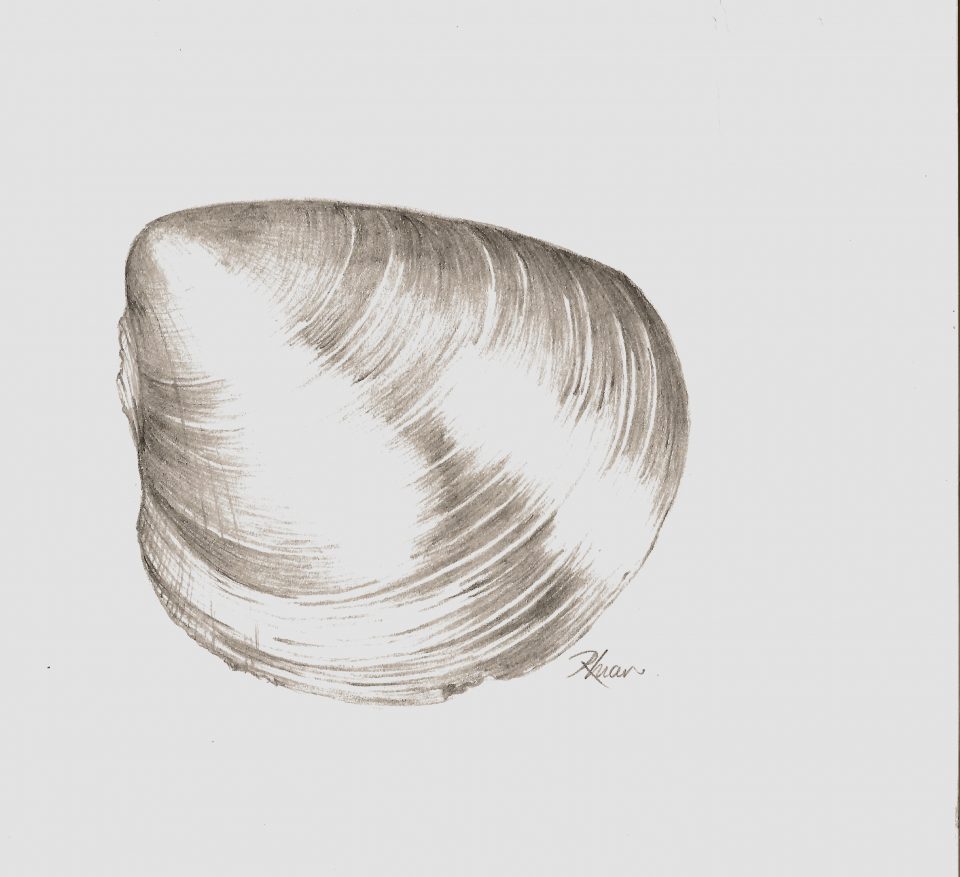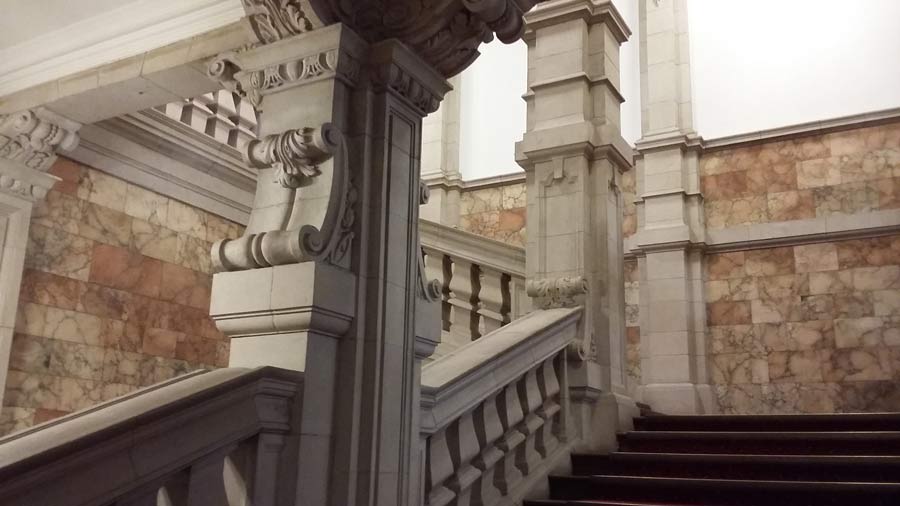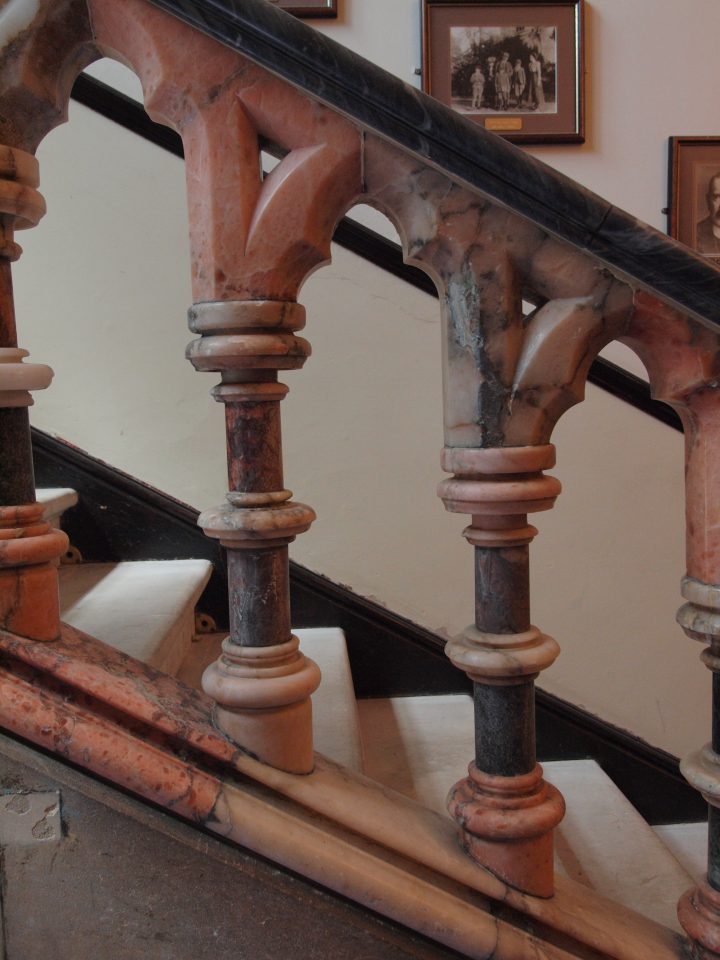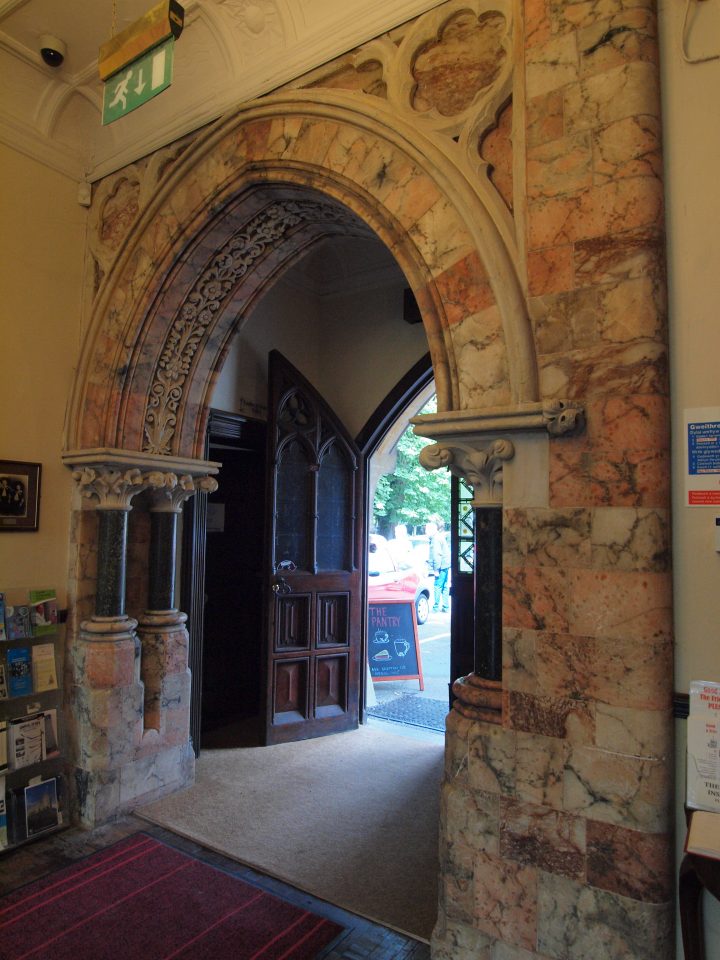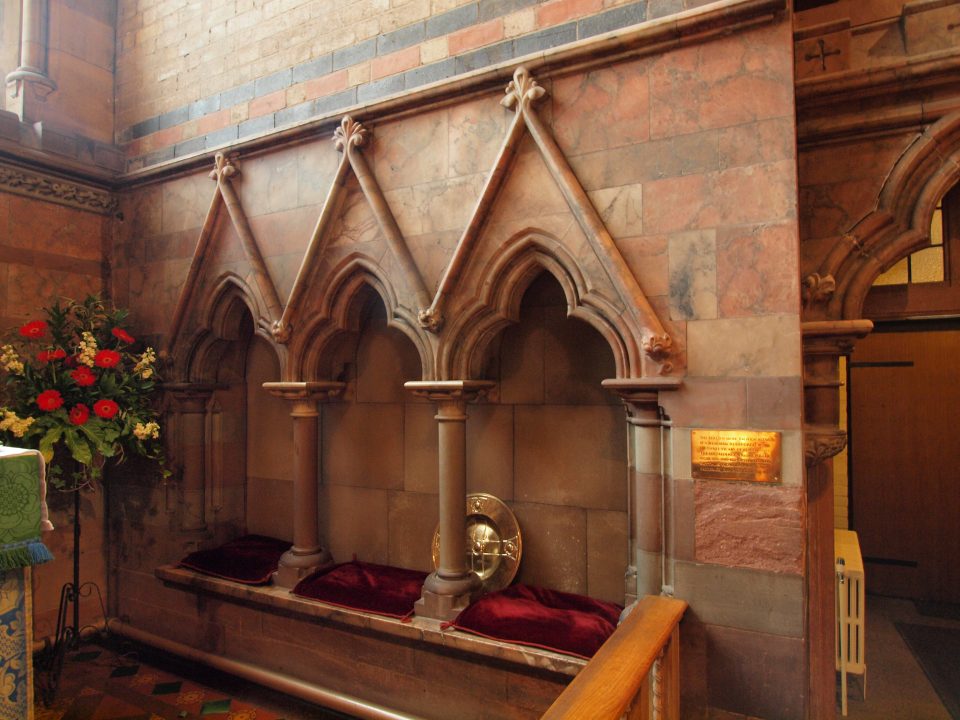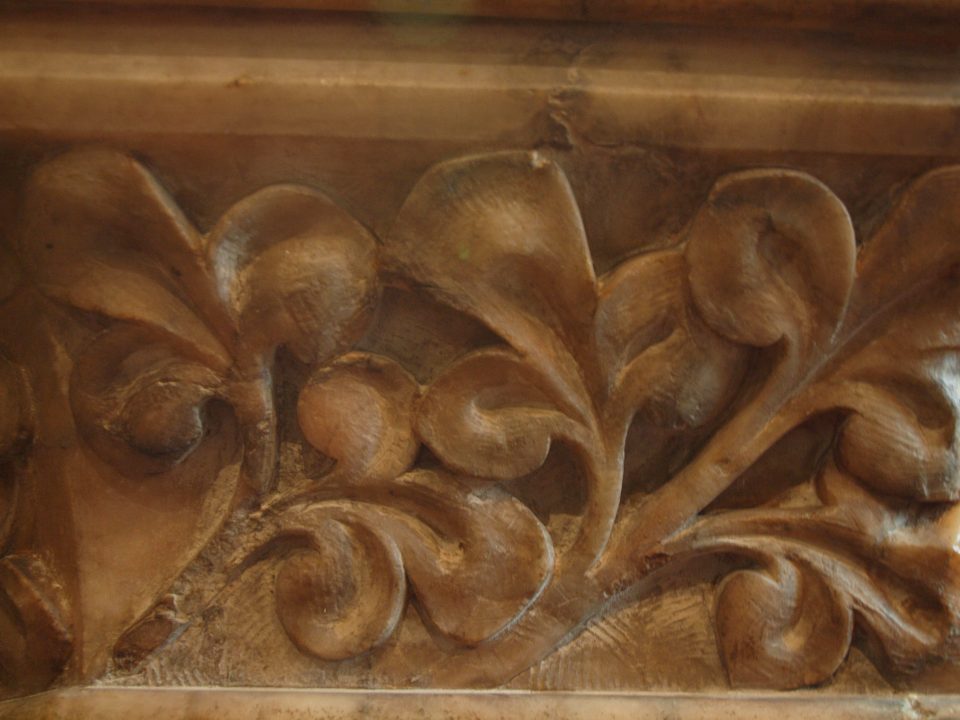For the most part, the cliffs at Penarth Head in South Wales comprise beds of striking red and green calcareous mudstone with bright bands of white and pink gypsum. They were deposited in the Triassic Period (251-201 million years ago) when this part of Wales was arid desert on the northern margin of a sea. The rocks, which are part of the Mercia Mudstone Group, are mostly lacustrine in origin (deposited in lakes). Gypsum is the hydrated form of calcium sulphate and is precipitated as a sediment when shallow lagoons that contain dissolved calcium sulphate in their waters partially evaporate in hot climates. Gypsum is often used as the ornamental stone known as alabaster.
Towards the top of the cliff, above the red and green layers (Blue Anchor Formation), the grey-coloured rocks record a change from a terrestrial (on the land) lacustrine environment to marine conditions. These rocks are known as the Penarth Group and comprise beds of mudstone and limestone. Interesting amongst the formations that make up the Penarth Group is the Westbury Formation, which contains a ‘bone bed’ in which fragments of fish bone and tiny black shiny teeth can be found. Look out for these of these in the pebbles on the beach as well as slabs of fossilised ripples that have fallen from these beds onto the beach below.
Care needs to be taken when examining the cliffs at Penarth Head as rocks do fall from time to time, especially after wet weather. Maintain a safe distance at all times.
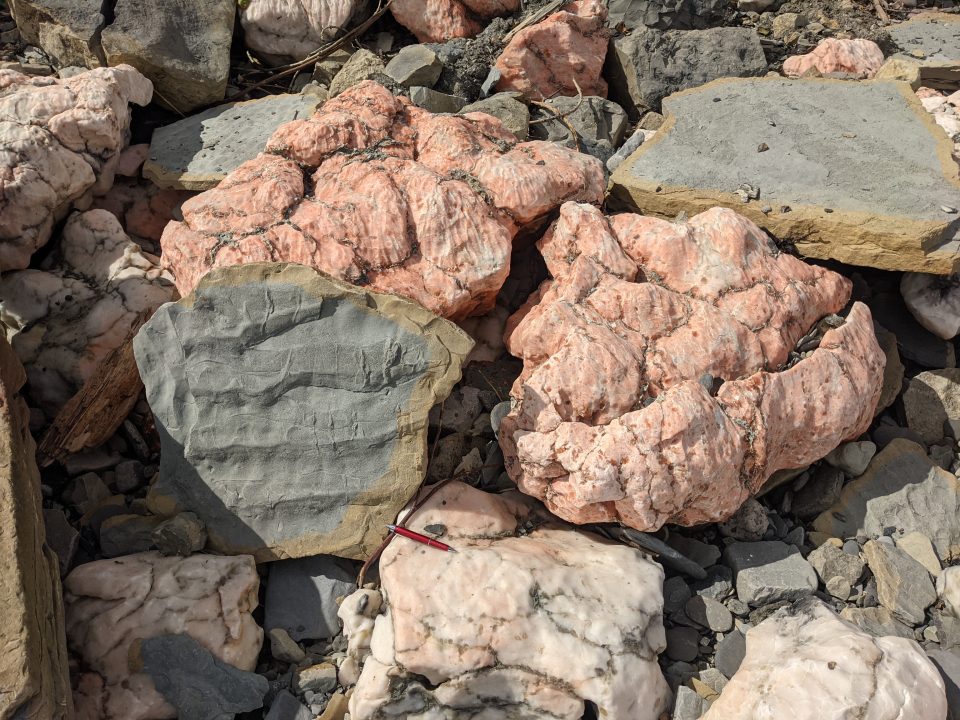
Fossilised sand ripples in boulders at Penarth Head. BGS © Rhian Kendall.
Most of the pebbles on the beach are formed of Lower Jurassic aged limestones and mudstones, which are best seen further south of Penarth Head where the Lias Group makes up more of the cliffs. Amongst these pebbles are many fossils: two very distinctive ones found here and along the coast of the Vale of Glamorgan are Gryphaea and Plagiostoma.
The Penarth alabaster has been exploited at least as far back as the 17th century and examples of its use can be found across South Wales and beyond. If you read the article about the geology around our BGS office in Cardiff, you may remember the pink staircase in the main entrance to our building, which is tiled with alabaster from Penarth.
Other notable places to visit in Cardiff where this stone can be seen in use include a doorway inside the clock tower and the spectacular smoking room at Cardiff Castle (remodelled by William Burgess and the third Marquess of Bute). At Insole Court in the Llandaff part of the city, it is put to use in number of ways, including a stone balustrade, window arches, columns and fireplaces. Another interesting example is St Margaret’s Church in the Roath suburb of the city, where it is expensively used in the walls of the nave, chancel, sedilia and pulpit. The church also includes the mausoleum of the marquesses of Bute.
Getting to Penarth
- Buses run from Cardiff City Centre to Penarth (92, 93 and 94).
- Take a train from Cardiff Central then walk to the sea front.
- There is car parking on the sea front at Penarth and also at the Cardiff Bay Barrage.
Further reading
Statham, M. 2017. Penarth Alabaster. Welsh Stone Forum. ISBN 9781526206770.
Waters, R A, and Lawrence, D J D. 1987. Geology of the South Wales Coalfield, Part III: the country around Cardiff. Third Edition. Memoirs of the British Geolological Survey Sheet 263 (England and Wales). (Nottingham, UK: British Geological Survey.)
About the author

Rhian Kendall
BGS Chief Geologist, Wales
Relative topics
You may also be interested in

Discovering Geology
Discovering Geology introduces a range of geoscience topics to school-age students and learners of all ages.
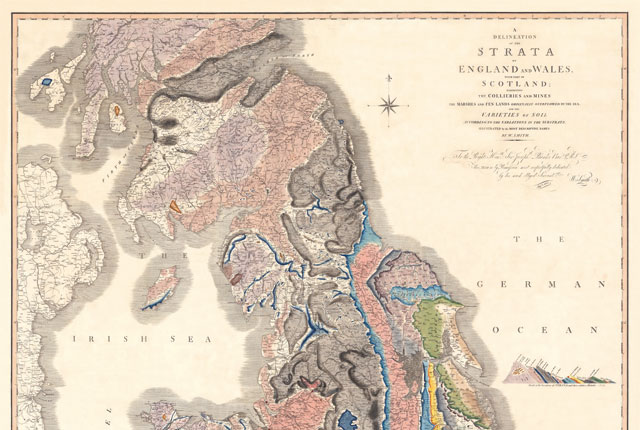
Maps and resources
Download and print free educational resources.
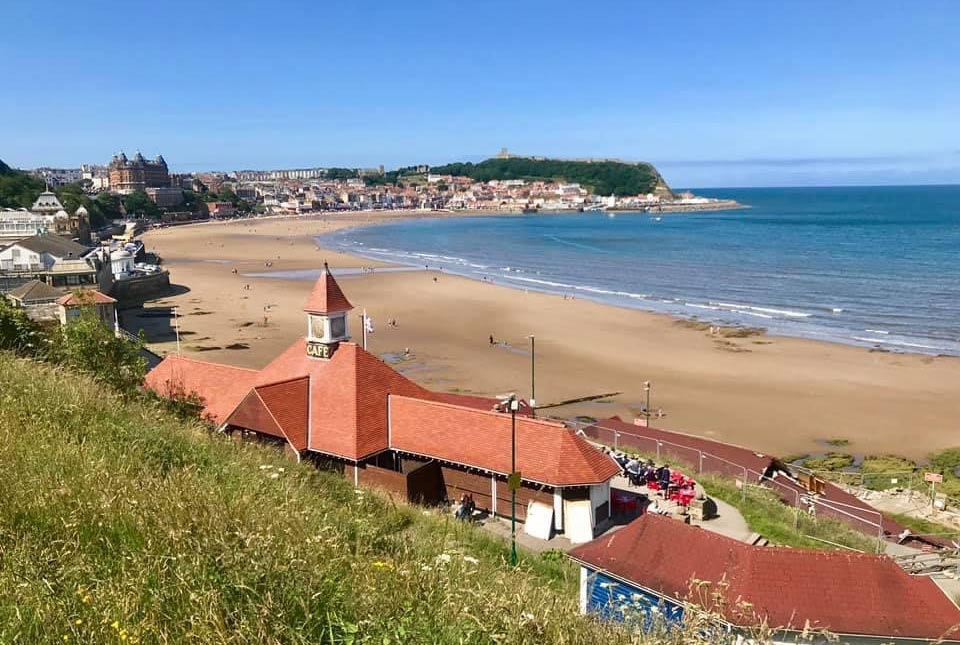
Postcard geology
Find out more about sites of geological interest around the UK, as described by BGS staff.


